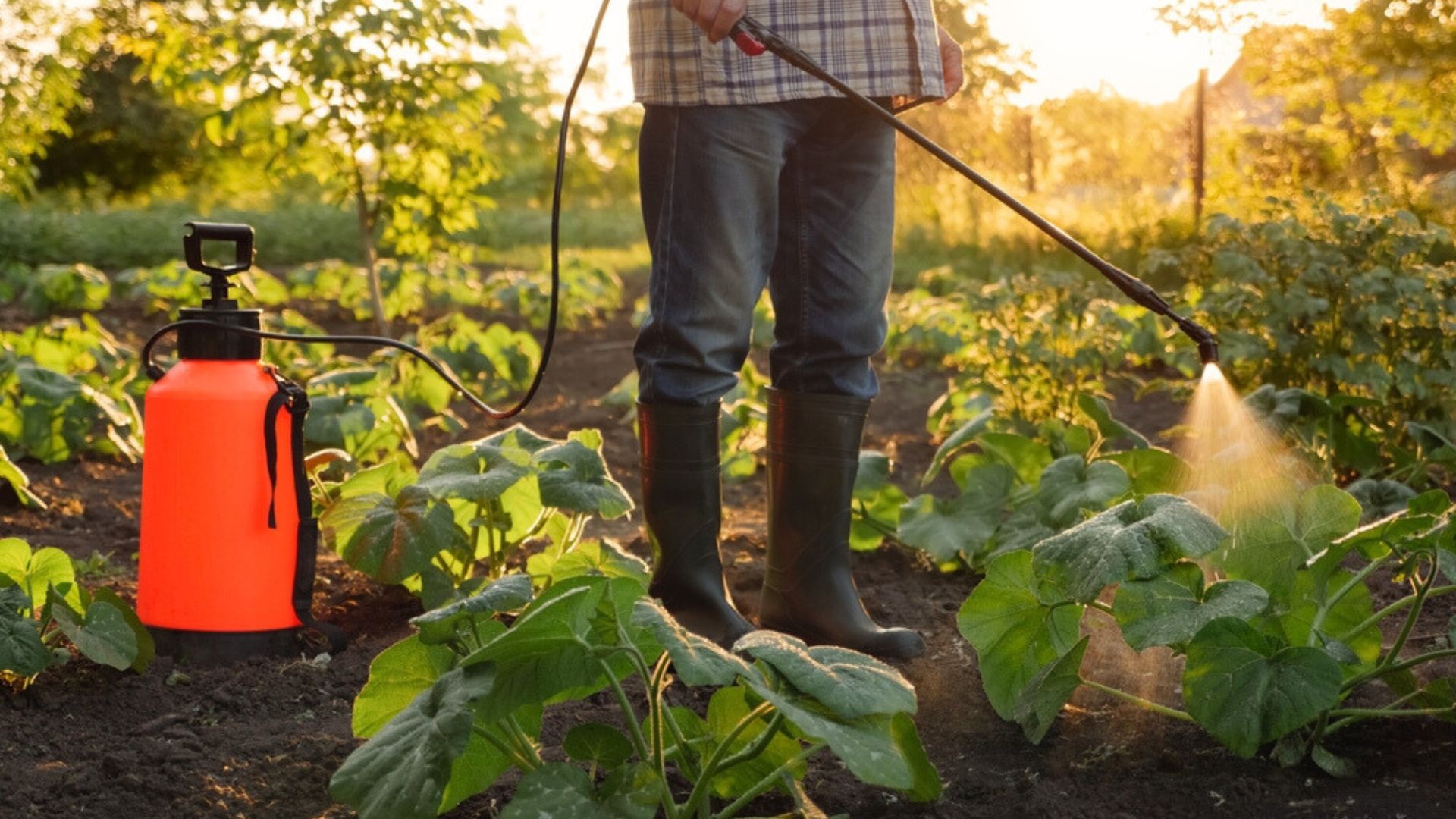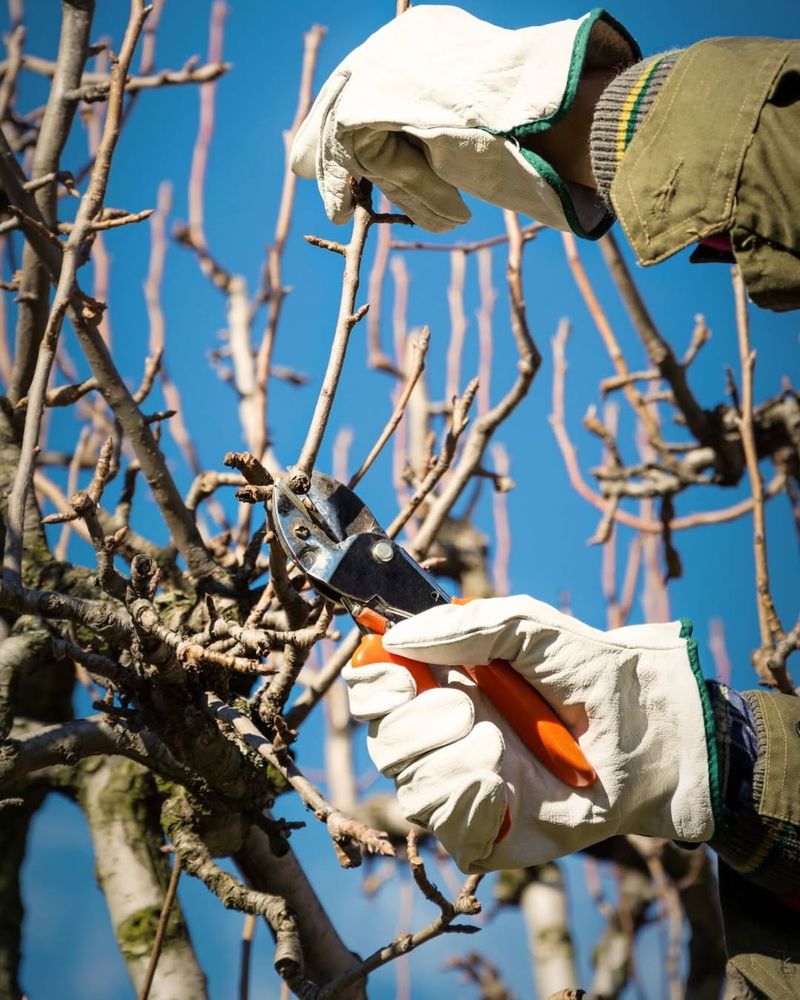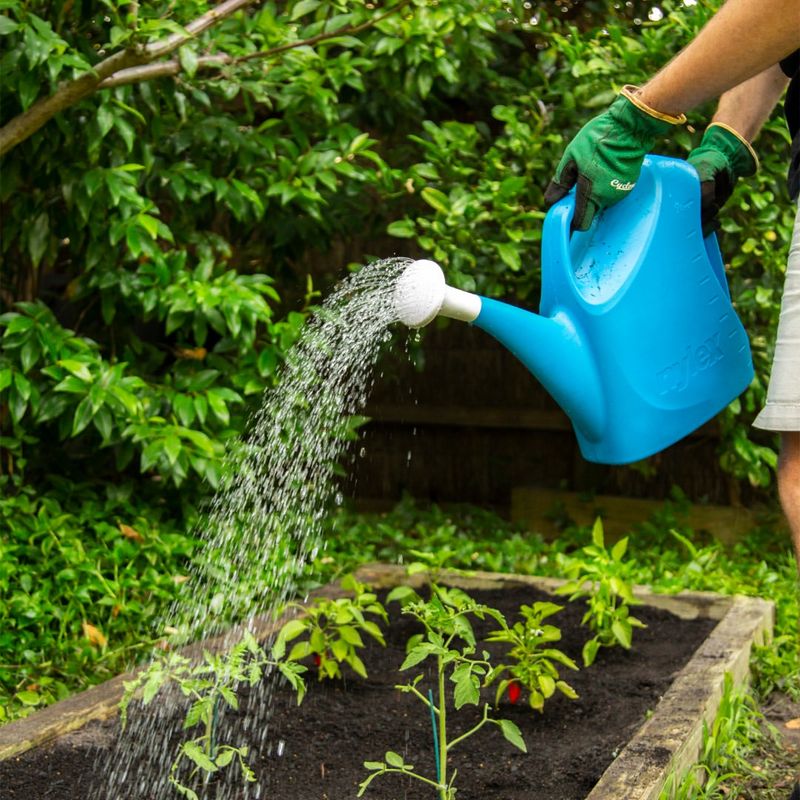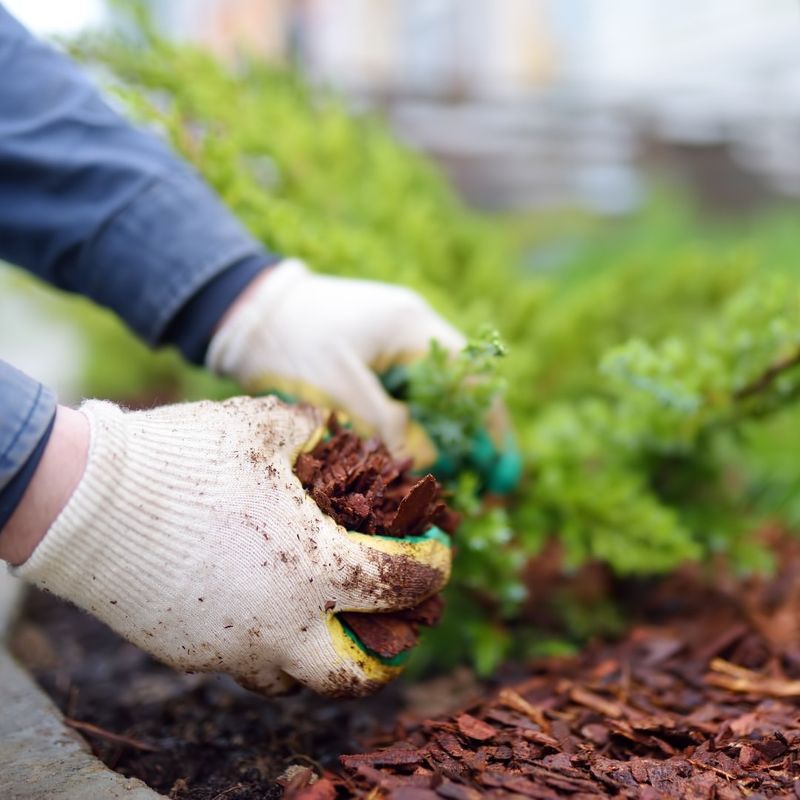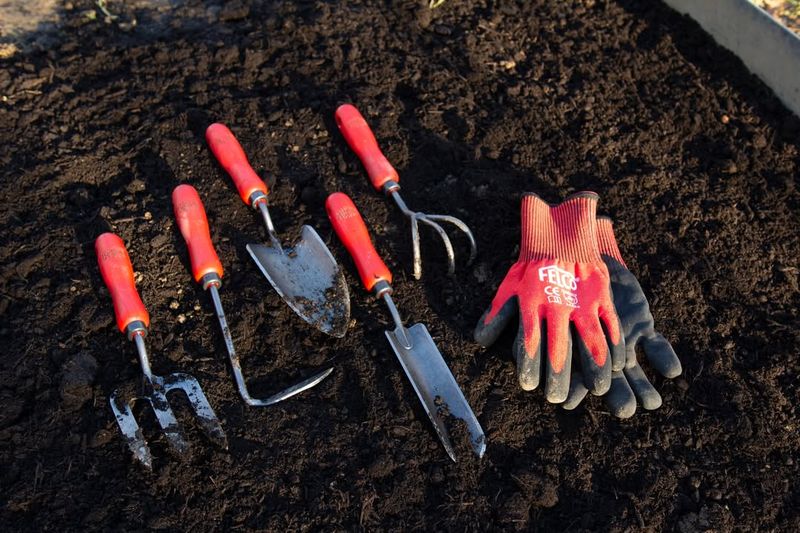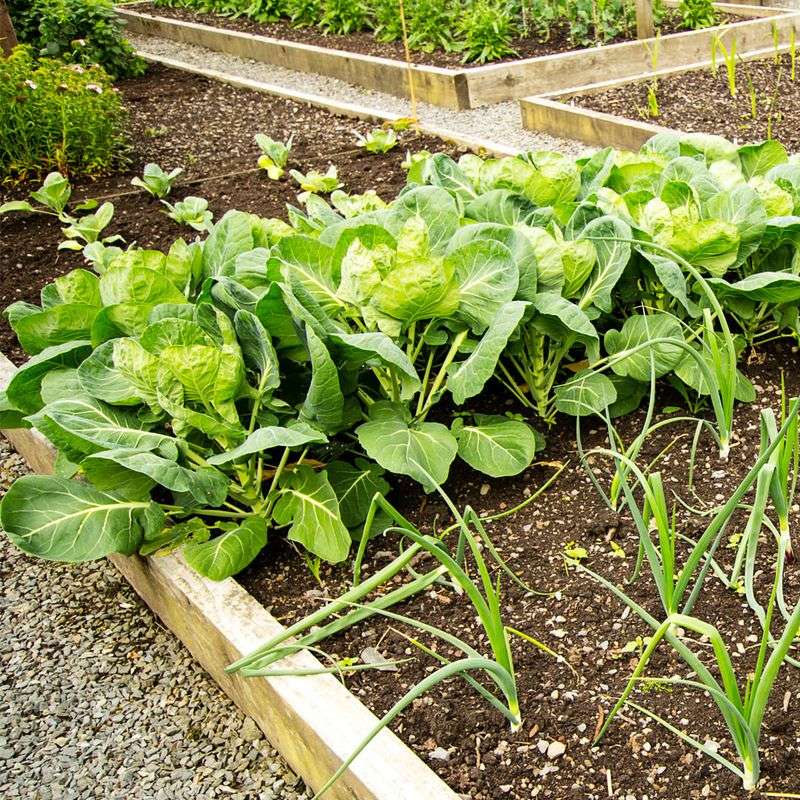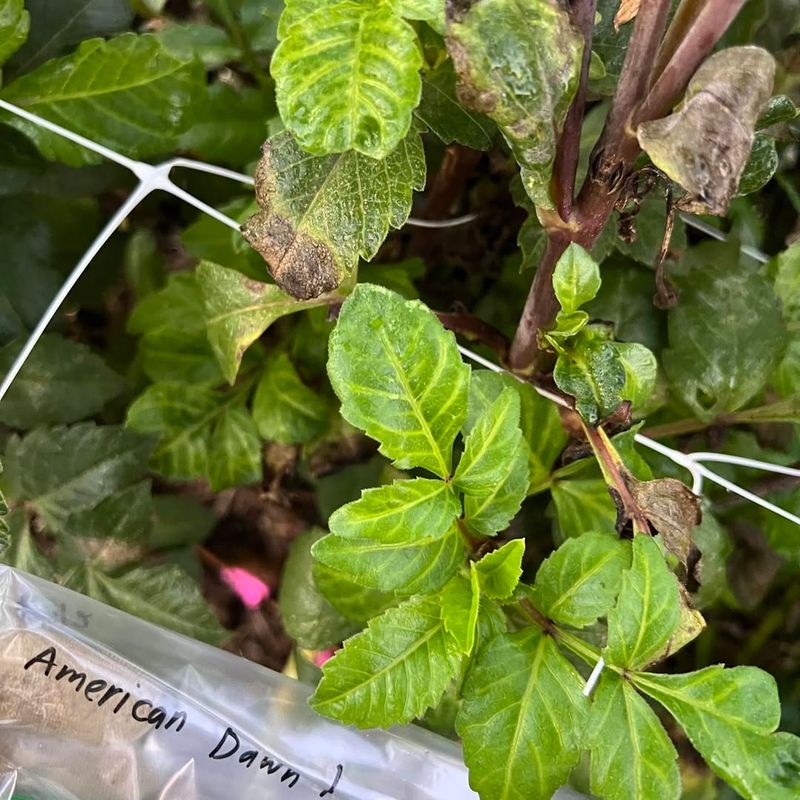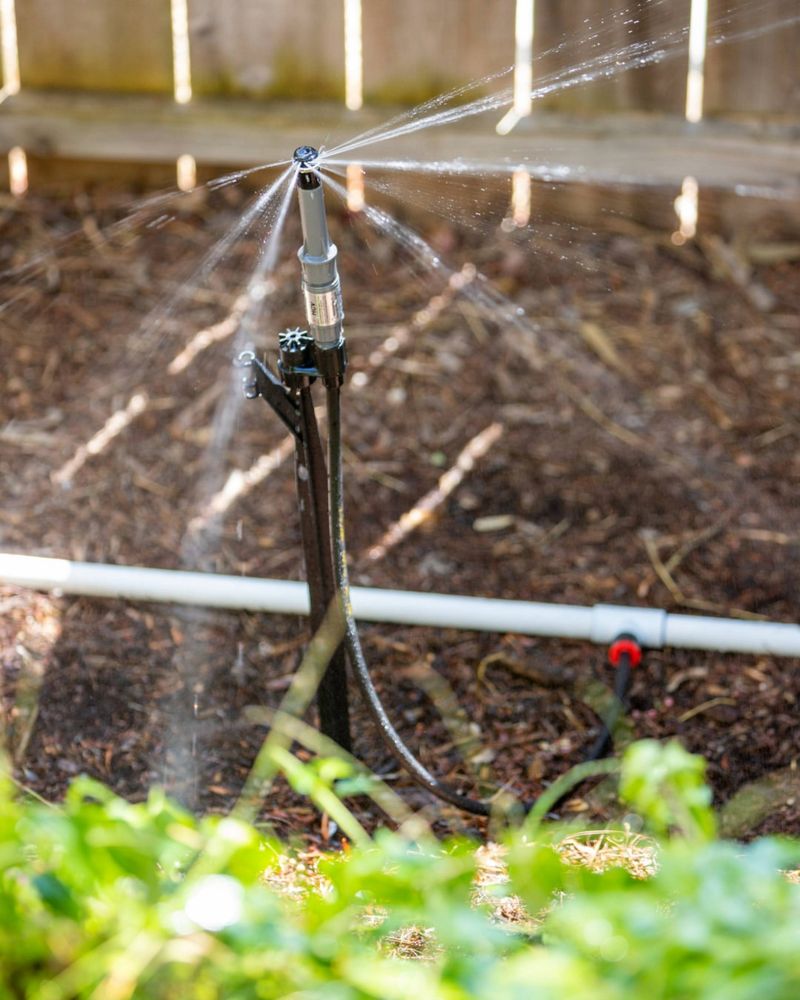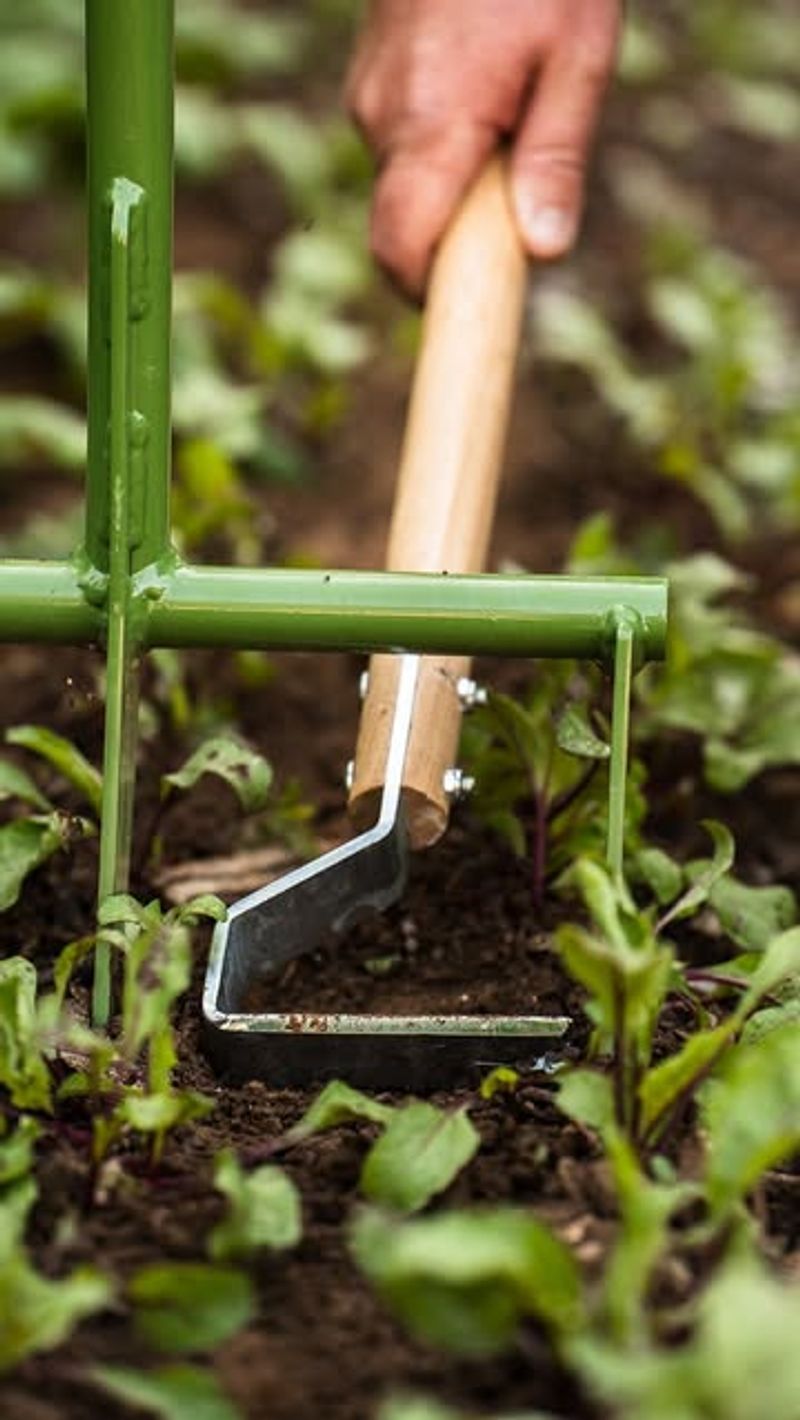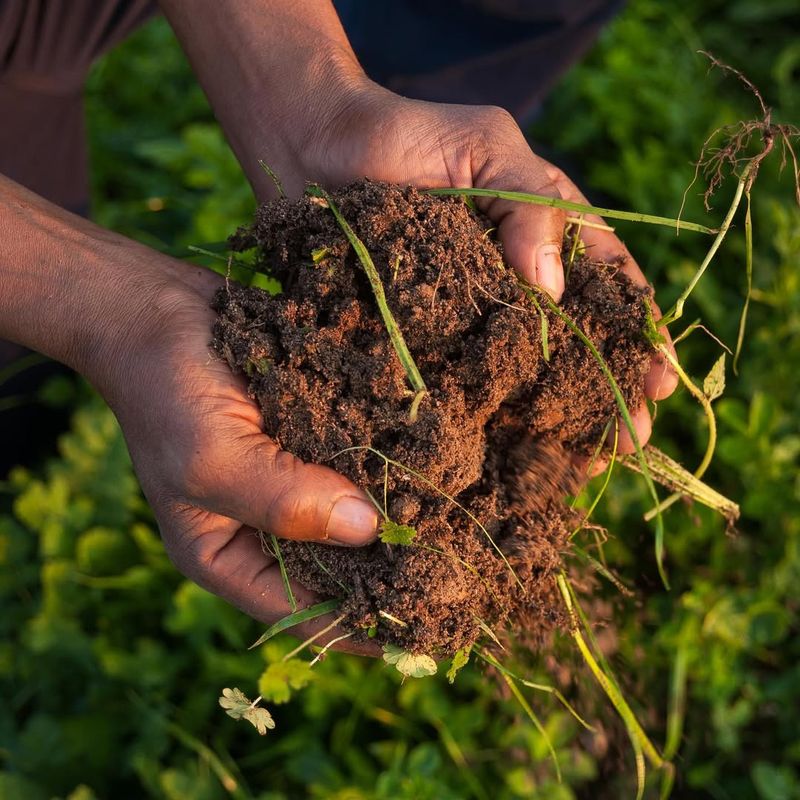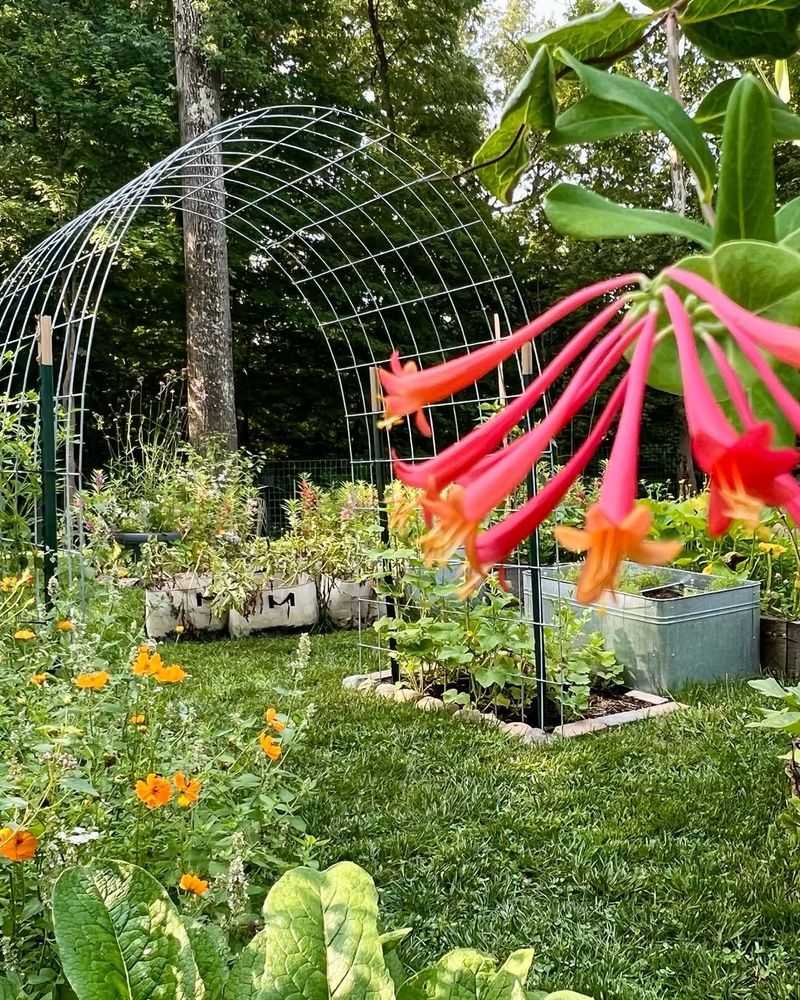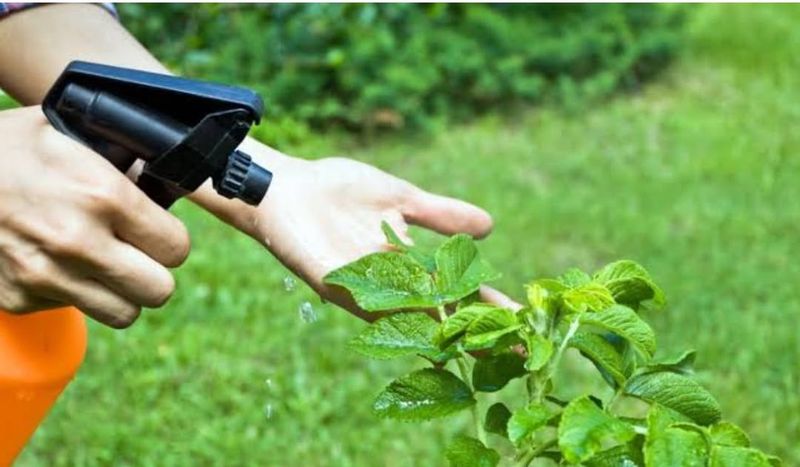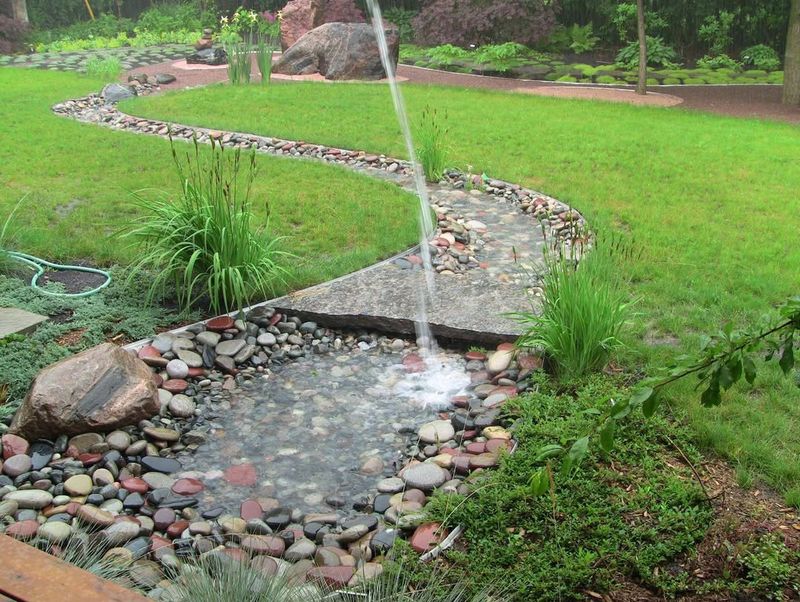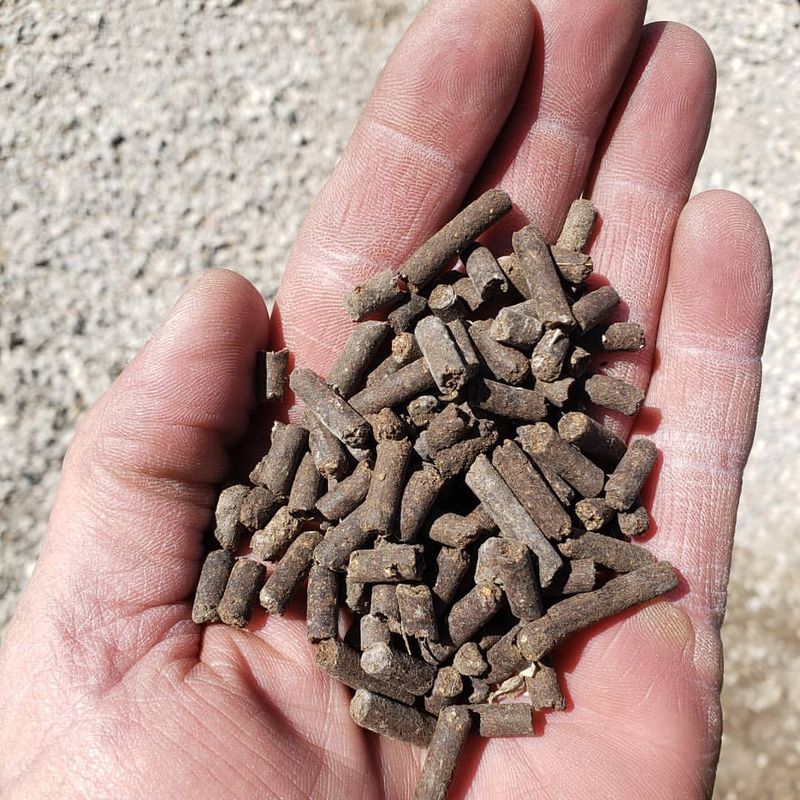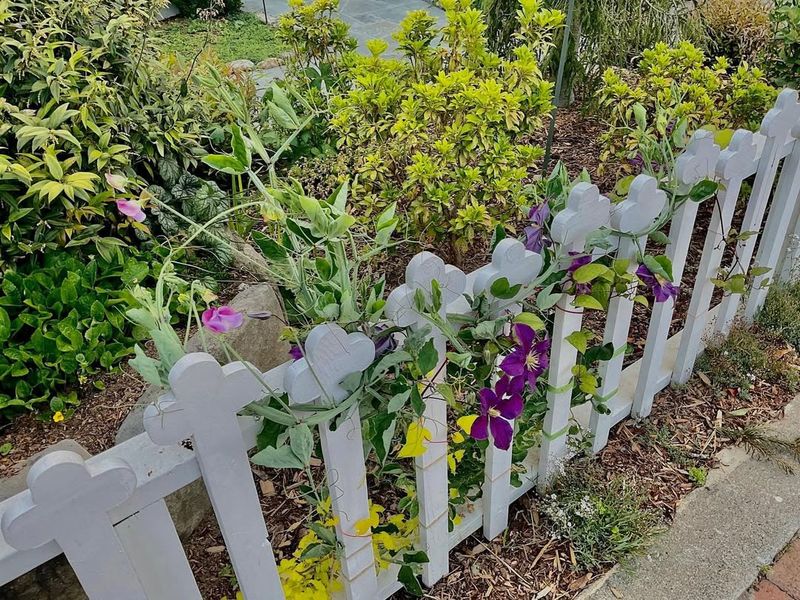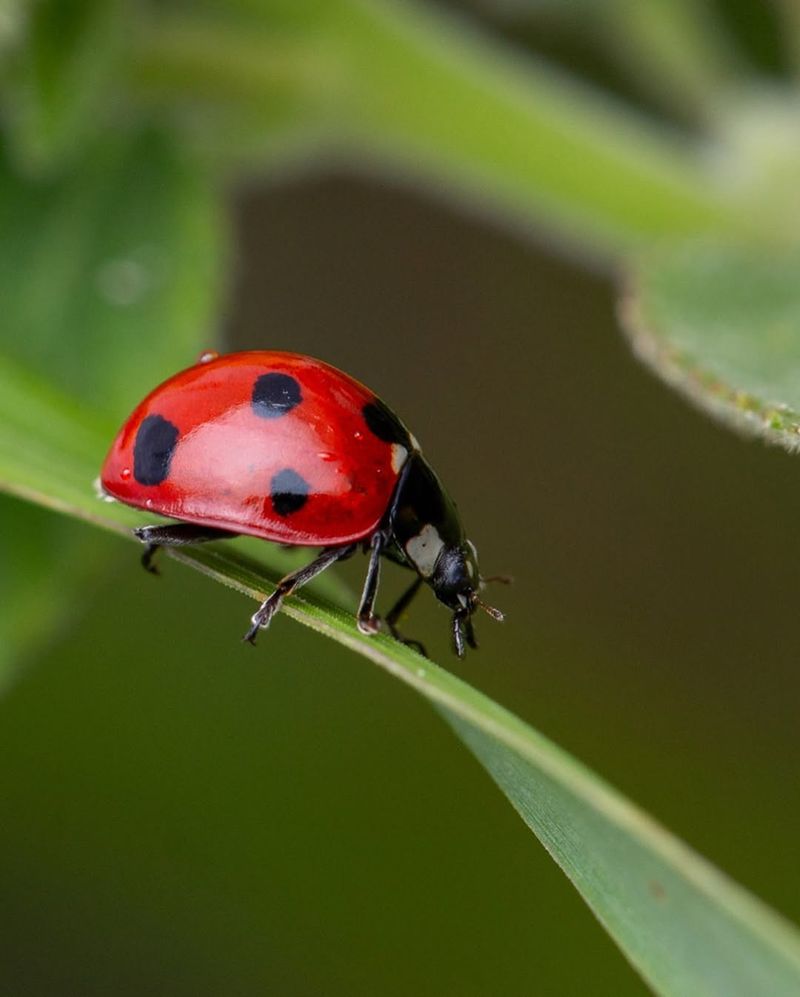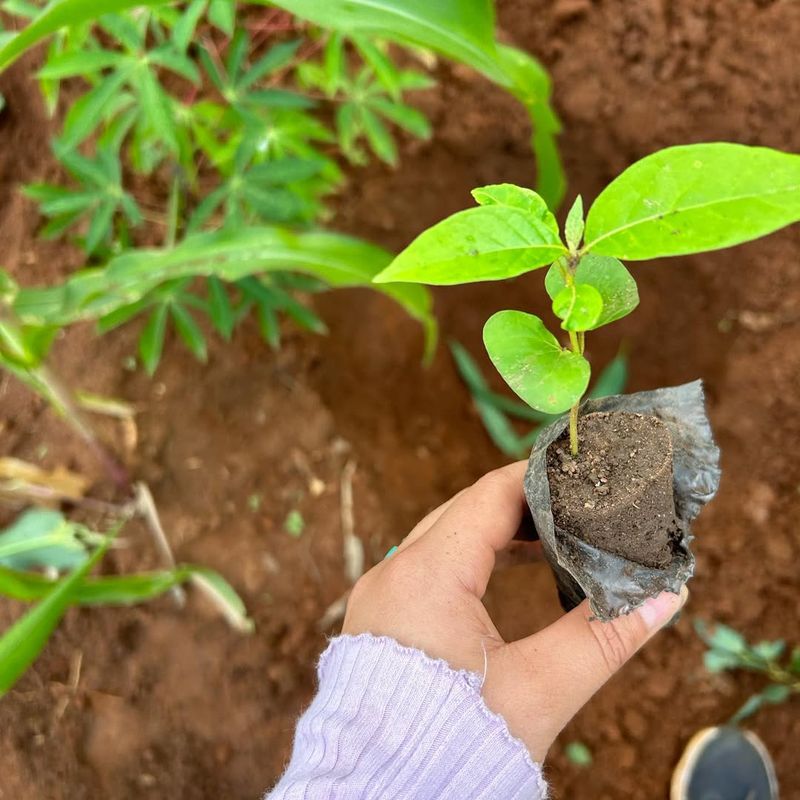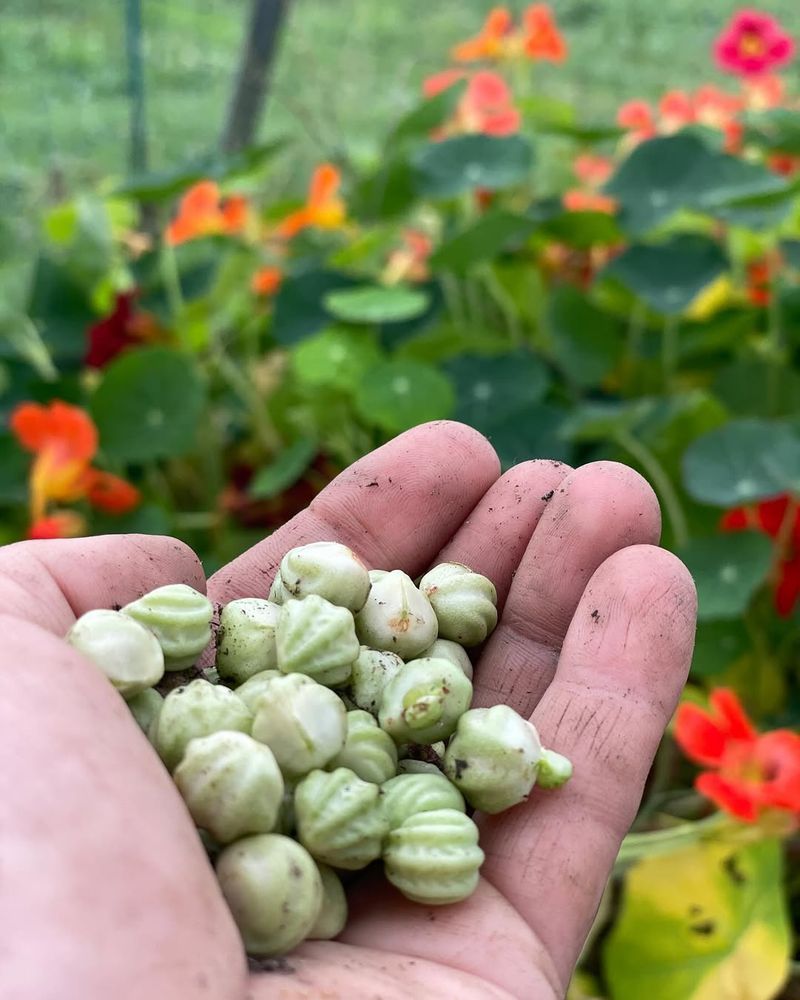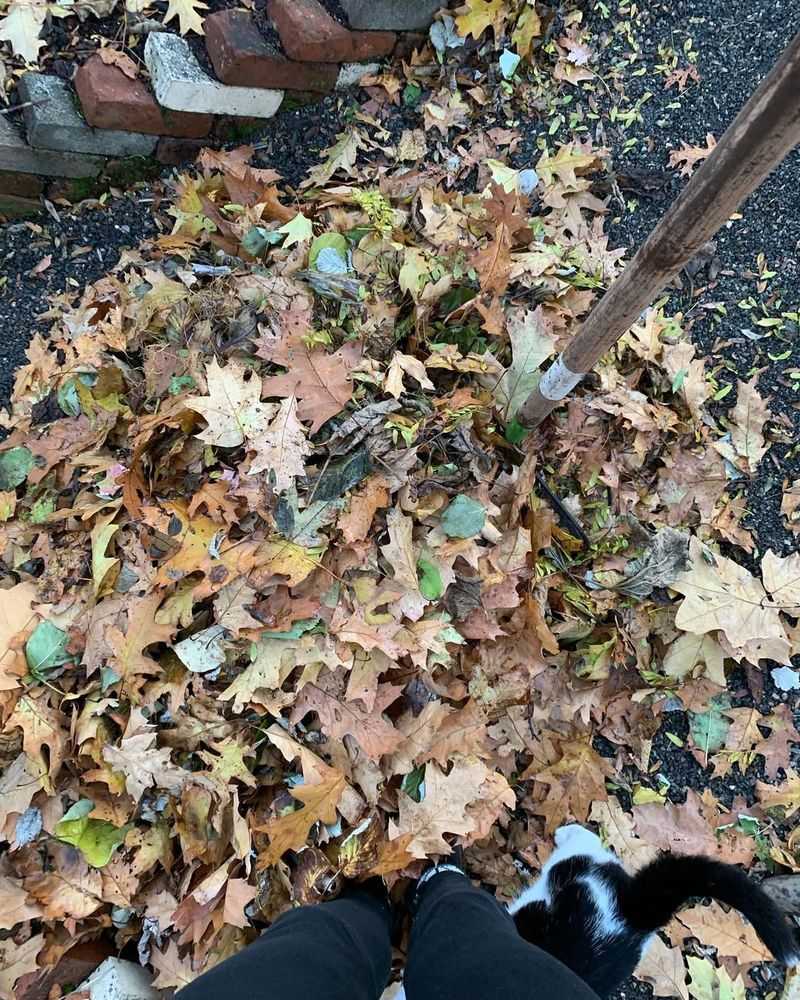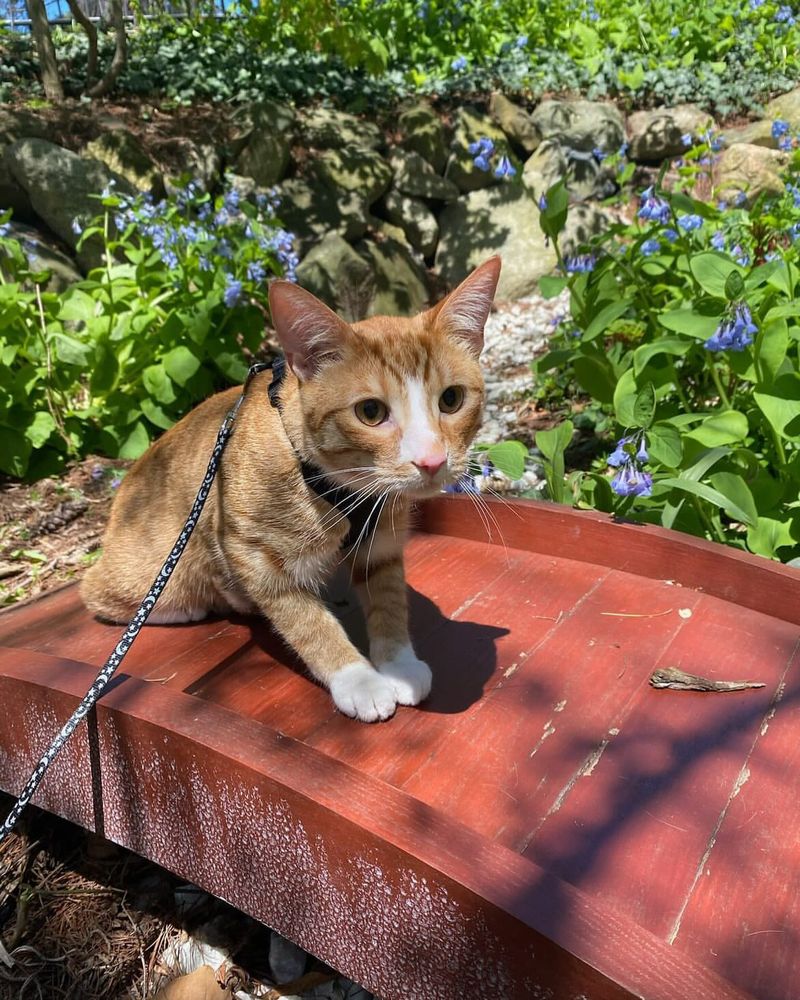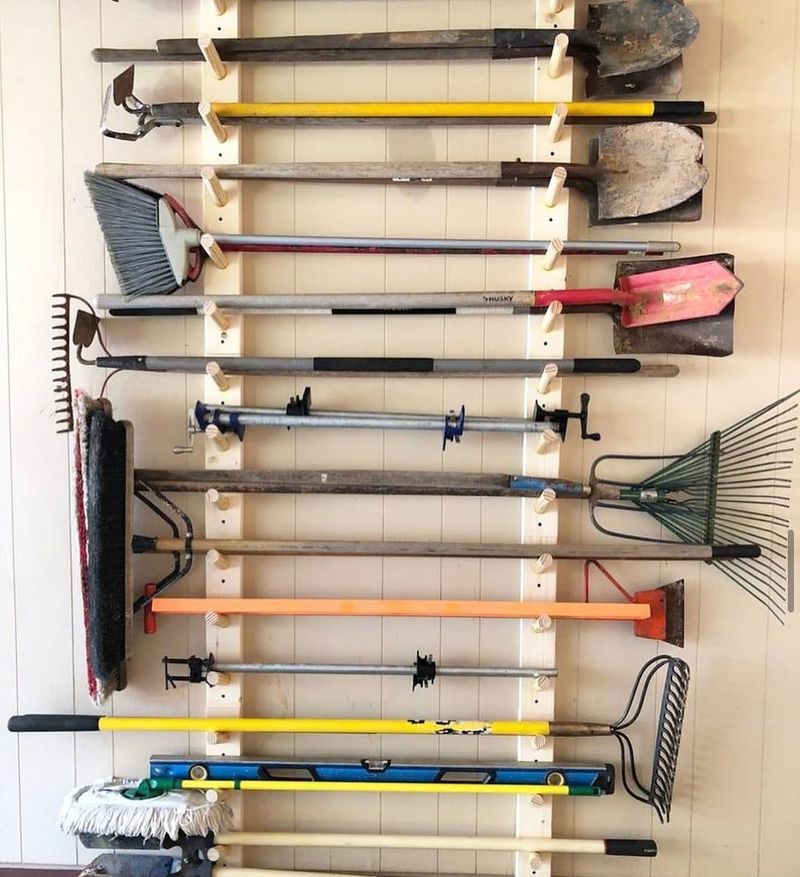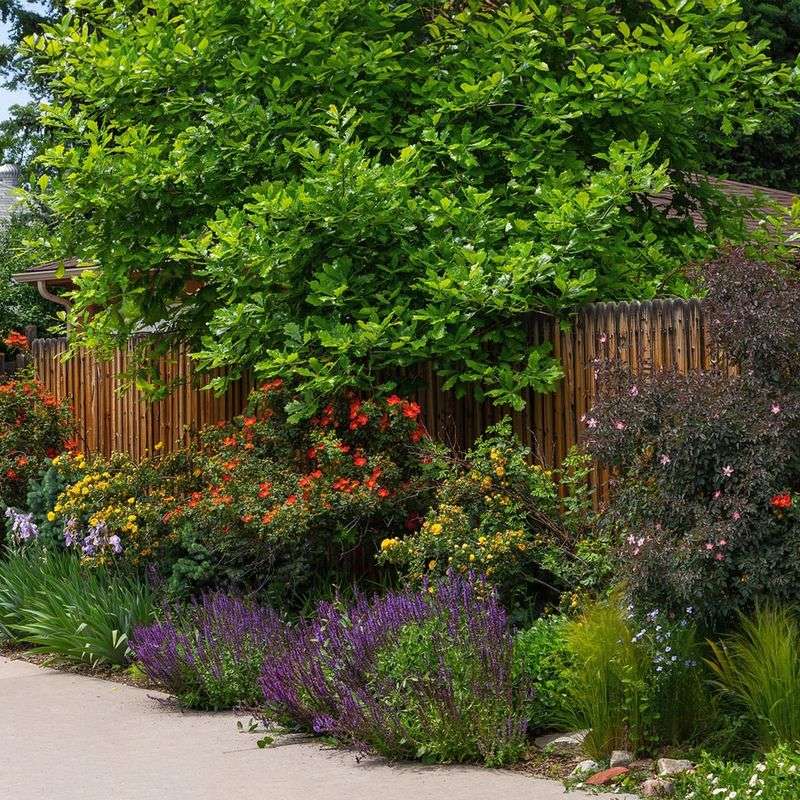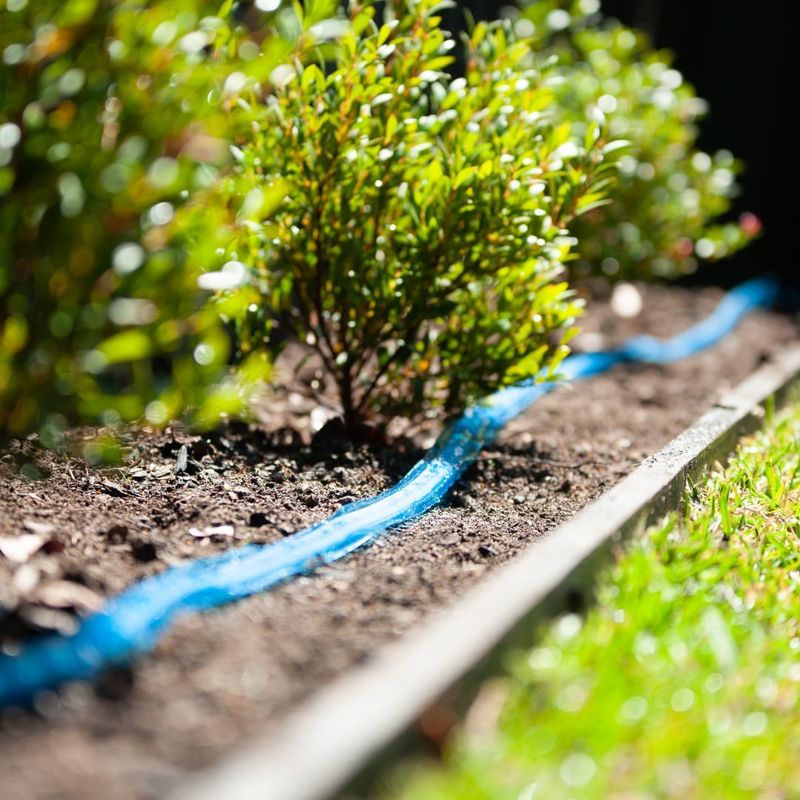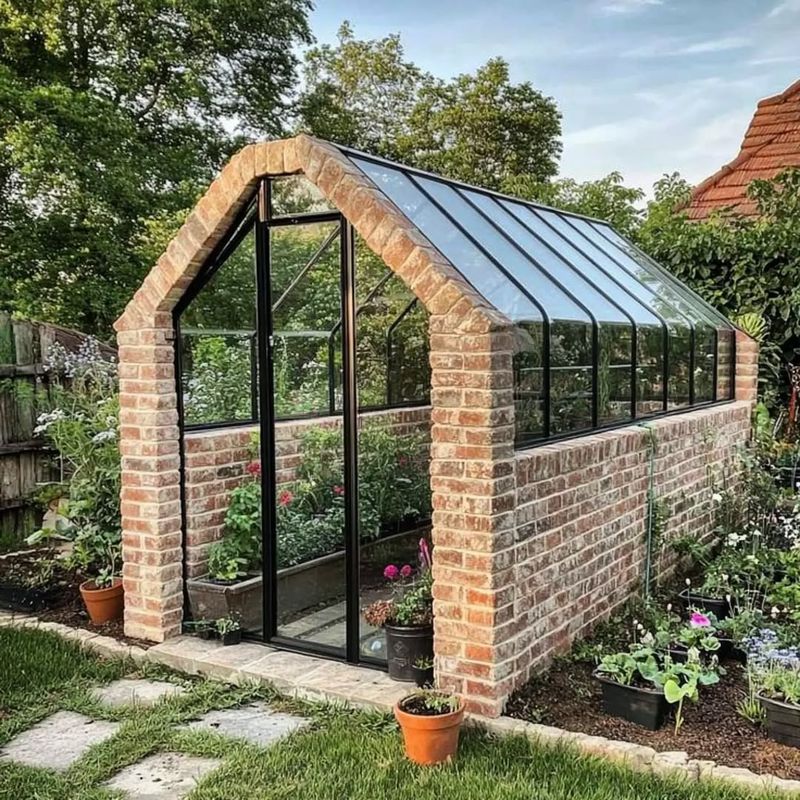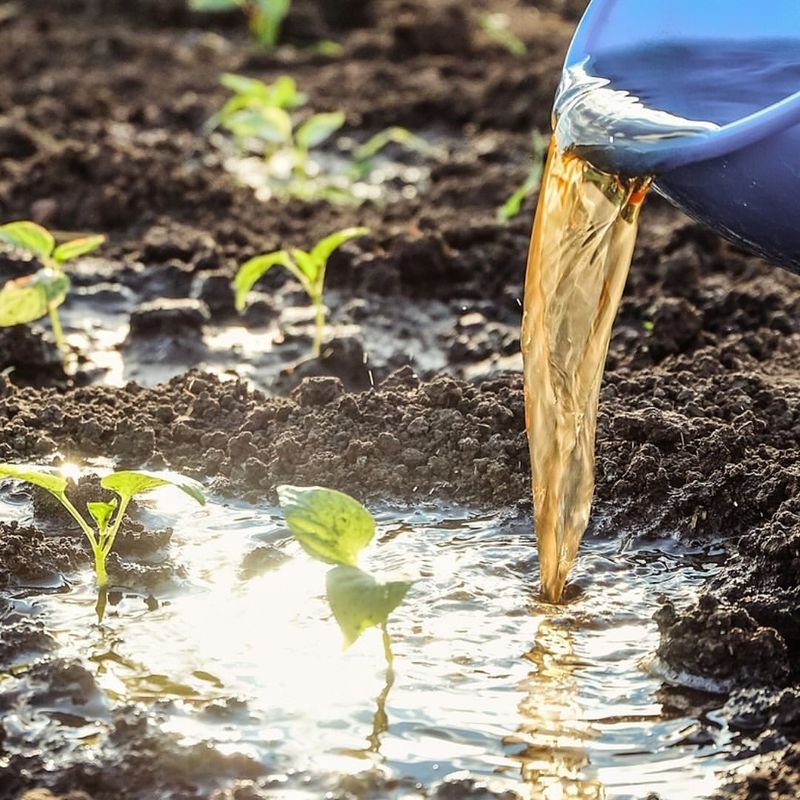Nothing ruins a good garden faster than a surprise outbreak. One day your plants are thriving, the next—wilted, spotted, or worse. The good news? Most garden diseases are totally preventable with a few simple habits.
These 25 easy tips will help keep your plants healthy, your soil happy, and your harvest on track. And because not all advice is good advice, I’m also calling out what to avoid so you don’t accidentally make things worse.
1. Proper Plant Spacing
Ever feel like your plants are too close for comfort? Giving them some elbow room helps. Proper spacing encourages good airflow, reducing the risk of disease. When plants like tomatoes or peppers are spaced well, diseases have fewer places to hide.
Ensure there’s enough room for each plant to grow fully. Crowded plants often struggle with airflow, which can lead to dampness and disease. A little space makes a big difference.
2. Regular Pruning
Think of pruning as a haircut for your plants. Pruning removes dead or overcrowded branches, allowing light and air to circulate better. When you prune a rose bush, it becomes healthier and less prone to diseases.
Regular pruning, especially in spring, keeps plants manageable and tidy. It also encourages new growth, keeping your garden looking fresh. Use clean, sharp tools to avoid spreading disease.
3. Watering at the Right Time
Timing is everything! Water your plants early in the morning to prevent moisture from sitting on leaves overnight. When dew combines with water, it can lead to fungal growth.
Morning watering ensures plants have enough moisture through the day without staying wet all night. Avoid watering in the evening unless absolutely necessary. This simple habit can dramatically reduce disease risks.
4. Use of Mulch
Mulch is like a cozy blanket for your soil. It helps retain moisture, suppress weeds, and regulate soil temperature. When you mulch around plants like strawberries, it keeps the soil from splashing onto leaves, reducing disease spread.
Organic mulches break down over time, enriching the soil. Keep mulch a few inches away from plant stems to prevent rot. It’s a simple step with big benefits.
5. Sanitizing Garden Tools
Ever thought about how clean your garden tools are? Dirty tools can transfer diseases from one plant to another. Regularly cleaning your shears, rakes, and trowels can prevent this.
After pruning, wipe your tools with a cloth and disinfectant spray. It’s especially important if your tools come in contact with diseased plants. A clean tool is a safe tool for your garden.
6. Choose Disease-Resistant Varieties
Feeling proactive? Start by choosing plants that are naturally resistant to diseases. Many seed companies offer disease-resistant varieties of plants like tomatoes and marigolds.
These plants have a built-in defense mechanism against common diseases. While not foolproof, they’re a great first step in disease prevention. Look for seeds labeled ‘disease-resistant’ when planning your garden.
7. Rotate Your Crops
Crop rotation is your garden’s version of musical chairs. By changing the location of your plants each season, you reduce the risk of soil-borne diseases.
For example, moving your squash to a different bed each year helps prevent pests and diseases from settling in. This practice also helps maintain nutrient balance in the soil. Rotate crops annually for a healthier garden.
8. Remove Infected Plants Immediately
Spotting a sick plant feels like finding a fly in your soup. Prompt removal is crucial to prevent the spread of disease.
If you notice a plant looks unhealthy, remove it quickly and dispose of it properly. Leaving it in the garden can spread disease to neighboring plants. Always wear gloves and wash tools afterward to reduce risk.
9. Avoid Overhead Watering
Skip the shower method and go for a gentle soak. Overhead watering can leave leaves too wet, encouraging fungal diseases.
Watering at the base ensures roots get the moisture they need, without leaving leaves damp. Consider drip irrigation or soaker hoses for an efficient solution. Remember, wet leaves are a welcome mat for disease.
10. Control Weeds Regularly
Weeds are more than a nuisance; they can harbor diseases. Regularly removing weeds reduces competition for nutrients and minimizes disease risks.
Using tools like a hoe can make this task easier and more effective. Pay attention to the edges of your garden where weeds often thrive. A weed-free garden is a healthier garden.
11. Healthy Soil Practices
Healthy soil is the backbone of a disease-free garden. Adding compost enriches soil, improving its structure and nutrient content.
Plants thrive in well-draining, nutrient-rich soil. It boosts their natural disease resistance and promotes strong growth. Balance is key, so periodically test your soil to ensure it meets your plants’ needs.
12. Companion Planting
Certain plant friendships can repel pests and diseases. For instance, planting marigolds near tomatoes can deter harmful nematodes.
Companion planting pairs plants that benefit each other, enhancing growth and protection. Research and plan your companion plants to boost garden health. It’s like matchmaking, but for plants.
13. Use Organic Pesticides
Go green and still keep pests at bay with organic pesticides. They’re effective against pests yet safe for beneficial insects and the environment.
Use products made from natural ingredients like neem oil. Apply sparingly and as directed to minimize harm to helpful insects. Organic solutions offer protection without the chemical overload.
14. Install Barriers
Barriers act like bouncers for your garden, keeping unwanted guests out. A wire mesh or netting can prevent pests like rabbits and deer from munching on your plants.
Installing barriers is a proactive step to safeguard your garden. It might seem like extra work, but it saves you from bigger headaches later. Security starts at the perimeter.
15. Maintain Proper Drainage
Waterlogged soil is a breeding ground for disease. Ensuring proper drainage prevents excess water from pooling around plant roots.
If your garden struggles with drainage, consider raised beds or adding sand to improve soil texture. Proper drainage keeps roots healthy and disease-free. Avoid soggy situations for a thriving garden.
16. Use Natural Fertilizers
Natural fertilizers like compost and manure offer your plants a balanced diet without synthetic chemicals. They slowly release nutrients, improving soil health and plant resilience.
Plants fed with natural fertilizers are often more resistant to diseases. Regular applications enrich your garden’s ecosystem. It might not smell like roses, but it works wonders.
17. Regular Monitoring
Keeping a watchful eye can save your garden from a lot of trouble. Regular monitoring helps catch diseases early before they spread. Inspect your plants weekly for signs of distress or pests.
Early detection means you can act quickly, preventing widespread damage. It’s like playing detective, but with fewer mysteries.
18. Encourage Beneficial Insects
Not all insects are foes. Encouraging ladybugs and bees can protect your garden by controlling pests naturally.
Planting nectar-rich flowers attracts these beneficial insects, promoting a balanced ecosystem. They act as natural pest controls, reducing the need for chemical solutions. Nature has its allies; invite them in.
19. Avoid Planting Too Early
Jumping the gun on planting can lead to disaster. Cold, wet soil can stress plants, making them susceptible to diseases.
Wait until the soil warms up in spring for optimal planting conditions. Use a soil thermometer to ensure it’s the right time. Patience in planting pays off in healthier plants.
20. Use Disease-Free Seeds
Start smart with disease-free seeds to reduce risk from the get-go. Certified seeds offer a cleaner slate for your garden endeavors.
Purchasing from reputable suppliers ensures quality and health. The initial investment can save a lot of heartache later on. It’s like buying insurance for your plants.
21. Remove Fallen Leaves
Leaves on the ground are not just unsightly; they can harbor diseases. Regularly raking up fallen leaves keeps your garden tidy and reduces disease risks.
Fallen foliage can host pathogens, spreading them to healthy plants. Dispose of them properly, especially if they’re from diseased trees or plants. Cleanliness is next to plantliness.
22. Keep Pets Out
As much as we love our furry friends, they can wreak havoc in the garden. Pets may dig or chew plants, spreading diseases unintentionally.
Fencing off your garden protects it from playful pets. Train them to respect garden boundaries for a healthier garden. It’s all part of harmonious living.
23. Avoid Excessive Fertilization
More isn’t always better, especially with fertilizers. Over-fertilizing can cause rapid, weak growth, making plants prone to disease.
Stick to recommended amounts and schedules for fertilization. It keeps plants in balance, promoting steady, strong growth. Less is often more in the fertilization game.
24. Practice Proper Tool Storage
Chaos in the shed can lead to problems in the garden. Proper storage of tools prevents rust and contamination, keeping them effective and safe.
Clean and dry tools before storing them. A tidy shed means easy access to tools when needed. Organization goes a long way in garden maintenance.
25. Divide Perennials
Perennials love a little room to breathe. Dividing them every few years promotes health and reduces disease risks.
Lift and separate plants like hostas when they become overcrowded. They’ll grow stronger and healthier with more space. Sharing extra divisions with friends spreads the gardening joy.
26. Be Mindful of Weather Conditions
Mother Nature is unpredictable, but keeping an eye on the weather can save your garden. Be prepared for extreme conditions.
Cover plants during unexpected cold snaps and provide extra water during heatwaves. Adjusting your care based on weather changes keeps plants resilient. It’s about playing nice with nature.
27. Use Soaker Hoses
Direct watering is a game-changer. Soaker hoses deliver water directly to roots, minimizing leaf wetness and disease risk.
Position hoses to ensure even coverage across your garden. This efficient method conserves water and reduces disease spread. It’s a win-win for your plants and your water bill.
28. Plant Diversity
Variety is the spice of life and the secret to a robust garden. Diverse plantings reduce disease spread and attract beneficial insects.
Mixing different species and varieties can prevent pathogens from taking over. It creates a healthier, more resilient ecosystem. Diversity also means a more dynamic garden.
29. Regularly Clean Greenhouse
A clean greenhouse is a happy greenhouse. Keeping it tidy reduces the risk of pests and diseases.
Wipe down surfaces and remove debris regularly to maintain a healthy environment. Ventilation also plays a key role in disease prevention. A little cleaning goes a long way.
30. Embrace Compost Tea
Compost tea is like a vitamin boost for your plants. It enriches soil, enhancing natural disease resistance. Brew compost tea from well-aged compost and apply it as a foliar spray or soil drench.
Regular applications promote healthy, vibrant plants. It’s the perfect tonic for your garden’s health.

